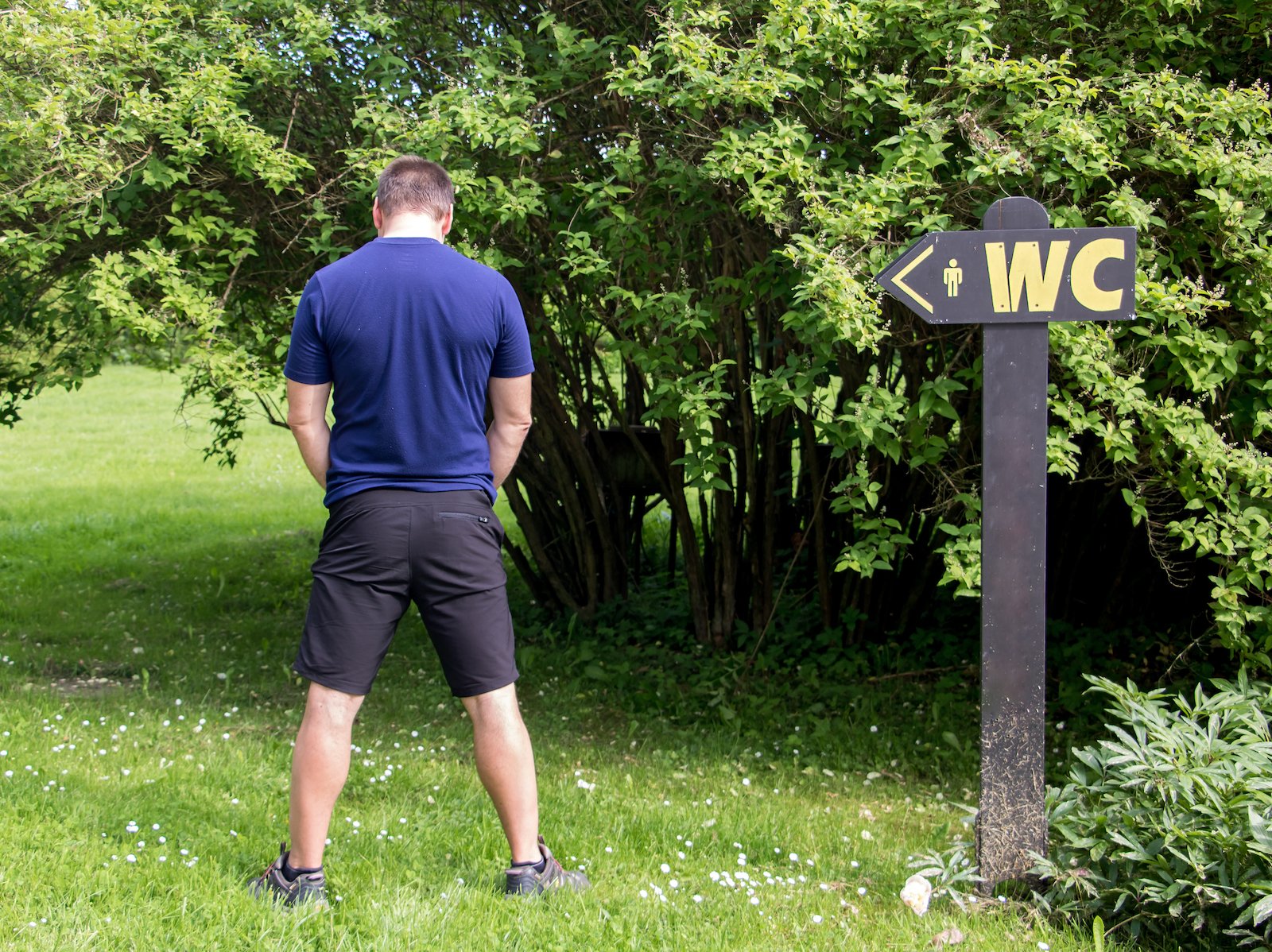In the United States, hygiene practices are often influenced by cultural norms, healthcare guidelines, and general expectations around cleanliness. However, practices considered standard in other parts of the world can sometimes be regarded as unsanitary by Americans.
Here, we have researched various online articles to curate a list of 12 hygiene habits worldwide that might raise eyebrows in the U.S.
Shared Bathwater

In Japan, sharing bathwater is common, with families washing before soaking in a communal tub to conserve water, especially in colder months. Elders typically bathe first. However, Americans often find this practice unsettling, associating used bathwater with germs and emphasizing individual hygiene and fresh water for each person.
Lack of Daily Showers

Daily showers are a staple of personal hygiene in the U.S., where they’re considered essential for cleanliness. However, showering daily is less common in Europe, particularly in cooler climates. A survey shows that in many European countries, less than 65% of the population showers daily. Countries like France and the U.K. often find washing key areas like the face, hands, and underarms sufficient between full showers. While Americans might view this as unhygienic, dermatologists note that frequent showering can cause the skin to be devoid of natural oils, leading to dryness and irritation.
Bidet Use without Toilet Paper

Believed to have originated in France, bidets are widely used in Europe and Japan. They are praised for their effectiveness and environmental benefits by reducing toilet paper use. 77.5% of people in Japan are found to use a bidet daily. However, in the U.S., where toilet paper is deeply ingrained in the culture, using a bidet without paper can seem inadequate or unsanitary. Many Americans worry that water alone isn’t enough for cleanliness and are often unfamiliar with proper bidet use. Despite these concerns, bidet advocates argue that water cleans more thoroughly and has a smaller environmental impact.
Street Food and Open-Air Markets

Street food is a daily staple in many countries, from Delhi’s bustling markets to Thailand’s vibrant beaches. However, Americans often view these open-air environments as risky due to hygiene and food safety concerns. Unlike the U.S., where food safety regulations are stringent, kitchens undergo regular inspections, and street vendors abroad operate in less controlled conditions. Factors like lack of refrigeration, visible flies, and non-disposable utensils can contribute to perceptions of unsanitariness. Despite these concerns, street food remains popular among locals and tourists for its freshness, flavor, and authenticity.
Eating with Hand

Eating with hands is a deeply ingrained tradition in many cultures, such as India, Greece, and Egypt. It’s seen as a more intimate and sensory way to enjoy food, with strict hand-washing rituals often observed before and after meals. Americans, who primarily use utensils like forks and spoons, might view this practice as unsanitary, particularly if handwashing facilities aren’t immediately available. Concerns about transferring germs from hands to food are common. The right hand is typically used for eating, as the left is considered unclean, further emphasizing cultural hygiene norms.
Public Urination

Though frowned upon in many places, public urination is sometimes tolerated in regions where public restrooms are scarce, such as rural areas of India. Due to the lack of facilities, people may relieve themselves outdoors, which can be shocking to Americans used to accessible restrooms and strict public decency laws. In the U.S., public urination is illegal and seen as highly inappropriate, with violators facing fines or worse. The practice is associated with unsanitary conditions, foul odors, and disease spread, making it particularly unsettling for Americans.
Non-Western Toothbrushing Techniques

The Miswak, a natural teeth-cleaning twig made from the Salvadora persica tree has been used since eternity in the Middle East, Africa, and South Asia for its antibacterial properties. It’s valued for its convenience and natural composition. In contrast, Western dental care typically uses toothbrushes and fluoride toothpaste, which are crucial for preventing tooth decay and strengthening enamel. Americans might view Miswak as less effective or hygienic than modern methods, given its lack of fluoride and the variable nature of cleaning effectiveness.
Reusing Water Bottles

In many regions, reusing plastic water bottles is common for environmental or economic reasons and helps avoid frequent purchases. A general concern that raises eyebrows about this in the US stems from hygiene risks from reusing bottles without proper cleaning, including bacterial contamination and chemical leaching, despite the convenience of single-use bottles. Because of this, nearly 38 billion plastic water bottles are discarded annually in America, resulting in $1 billion worth of plastic waste.
Washing and Drying Clothes

Globally, clothes washing and drying practices vary; some use hand-washing in rivers or communal areas, drying clothes outdoors. According to a survey, 60% of the global population has been using hand-washing techniques to do their laundry. In parts of Europe and Asia, washing machines are common, with clothes air-dried indoors or outdoors. In the U.S., washing machines and dryers are preferred for thorough cleaning and hygiene, raising concerns about the effectiveness and cleanliness of communal methods.
Walking Barefoot

In many cultures, particularly in warmer climates, going barefoot indoors is common and linked to cleanliness and comfort, as shoes are removed at the door to keep dirt out. It is common in Japan to refrain from wearing shoes inside their tatami-floored houses. However, in the U.S., wearing indoor footwear like socks or slippers is preferred, as many Americans view walking barefoot on potentially unclean floors as unhygienic, reflecting concerns about cleanliness and sanitation.
Open Defecation

Open defecation, while common in some cultures due to lack of sanitation infrastructure, poses significant health risks, including disease spread and water contamination. Although this practice is considered highly unsanitary and unacceptable in the U.S., 420 million people worldwide still resort to open defecation as of 2022.
Fish Pedicures

Common in many cultures, fish pedicures involve small fish nibbling dead skin off feet. While considered a traditional therapy in Turkey, its birthplace, some Americans view it as unclean, raising concerns over sanitation and the welfare of the fish. Additionally, the practice is often criticized for potential health risks, such as the spread of infections. Due to these concerns, it has been banned in several U.S. states, Mexico, and European countries.


